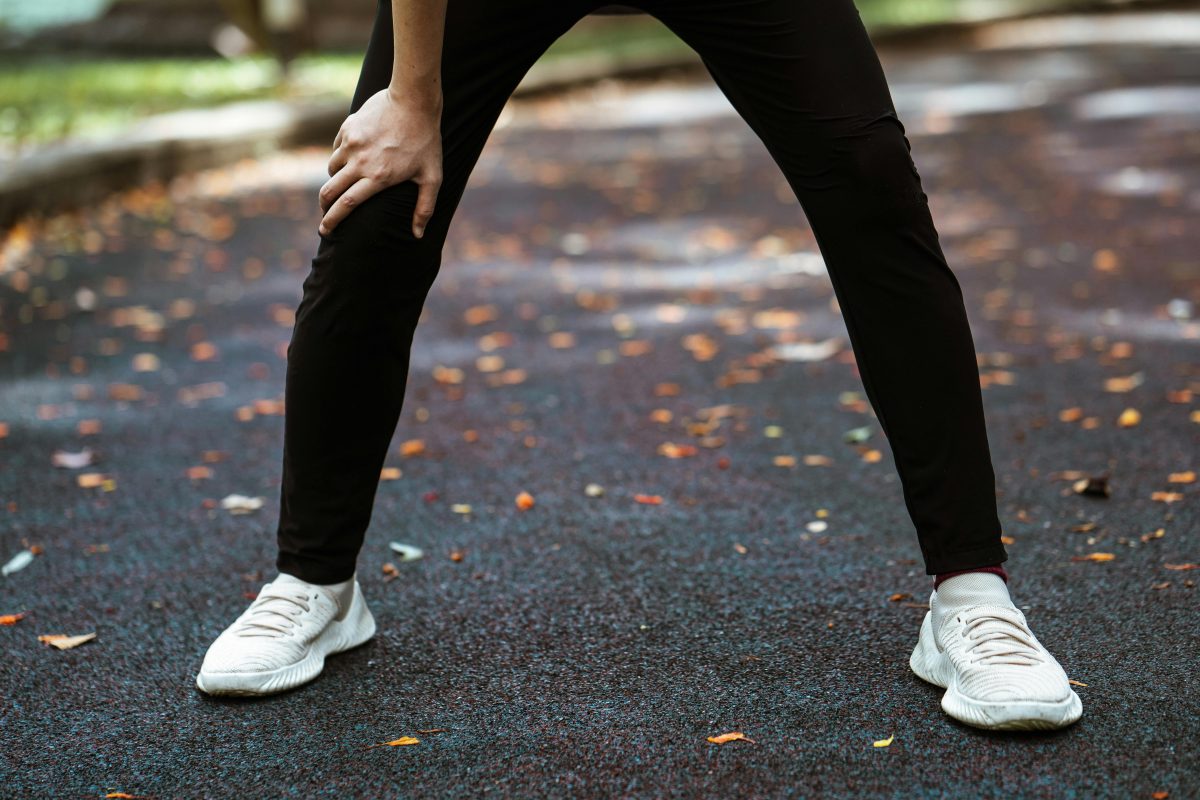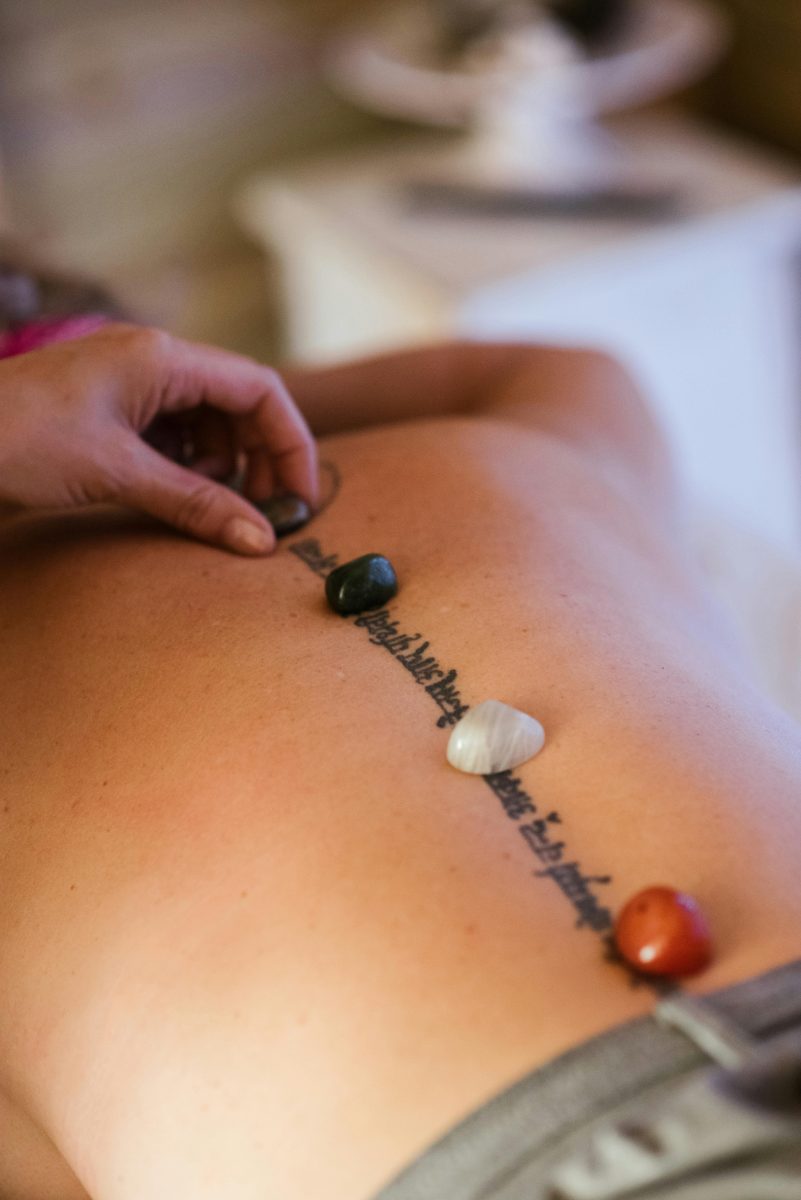Last Updated on: 14th July 2024, 08:53 am
Introduction to Recovery in Endurance Sports

Recovery is the cornerstone of peak performance and robust health in the realm of endurance sports. It’s not just about rest; it’s about smart, strategic rejuvenation. This phase allows the body to repair, rebuild, and strengthen, making it indispensable for athletes aiming to push their limits. Without adequate recovery, the risk of injury skyrockets, and the journey towards personal bests becomes fraught with unnecessary hurdles.
There’s a symphony of recovery strategies, each with its unique benefits. From the simplicity of sleep, which knits together the fabric of our physical and mental well-being, to the precision of nutrition – fueling the body with the right mix of nutrients at the right time. Then there’s active recovery, gently coaxing muscles back to their full potential, and cutting-edge techniques like cryotherapy and compression therapy, which have gained traction for their ability to reduce inflammation and speed up the recovery process.
Embracing a holistic approach to recovery not only enhances performance but also fortifies the body against the wear and tear of rigorous training schedules. It’s a testament to the adage that sometimes, to move forward, you must take a step back. By prioritizing recovery, athletes can ensure they’re always at the starting line, ready and raring to go, with their health and performance in perfect harmony.
Understanding the Physiology of Recovery

The Role of Muscle Repair and Adaptation
At the heart of recovery lies the body’s innate ability to repair and adapt. After enduring the stress of endurance sports, muscles undergo microscopic damage. This isn’t a sign of weakness but a beacon of growth. The repair process not only heals these micro-tears but also strengthens the muscle fibers, making them more resilient to future stress. It’s a beautiful cycle of breakdown and rebuilding that underpins athletic improvement.
Impact of Recovery on the Cardiovascular System
Recovery also plays a pivotal role in the cardiovascular system’s health. Intense training sessions can strain the heart and blood vessels. However, during recovery, the heart rate normalizes, and blood flow to the muscles increases, delivering essential nutrients and oxygen for repair. This period allows the heart to recuperate, ensuring it remains strong and efficient, ready for the next challenge.
Hormonal and Neurological Aspects of Recovery
The body’s hormonal and neurological systems are deeply intertwined with recovery. Hormones like cortisol and adrenaline, which spike during exercise, begin to stabilize, helping the body shift from a state of stress to one of healing. Similarly, the parasympathetic nervous system takes the lead, promoting rest, digestion, and repair. This hormonal and neurological rebalancing is crucial for mental well-being, reducing the risk of burnout and preparing the mind and body for future endeavors.
Nutritional Strategies for Enhanced Recovery

The Importance of Macronutrients: Proteins, Carbohydrates, and Fats
- Proteins: Rebuild, repairing the micro-tears in muscle fibers induced by rigorous activity.
- Carbohydrates: Replenish, restoring the glycogen stores that fuel muscular endurance and performance.
- Fats: Support cellular repair and hormone production, which are essential for recovery.
Balancing these macronutrients is not just beneficial; it’s essential for optimal recovery and performance enhancement.
Hydration and Its Critical Role in Recovery
Hydration transcends mere thirst quenching. It’s a cornerstone of recovery, facilitating nutrient transport and waste removal. Dehydration can cripple recovery, leading to prolonged muscle soreness and fatigue. Ensuring adequate fluid intake, especially water and electrolyte-rich drinks, supports every facet of the recovery process, from cellular repair to nutrient absorption.
Supplements and Recovery Aids: What Works and What Doesn’t
While the supplement industry booms, discernment is key. Creatine and branched-chain amino acids (BCAAs) have garnered support for their roles in enhancing recovery by supporting muscle repair and reducing soreness. Conversely, the efficacy of many supplements remains unsupported by robust scientific evidence. Athletes should approach supplements with skepticism, prioritizing whole foods and hydration for recovery. Consulting a healthcare professional before starting any supplement regimen is always advisable.
Active Recovery Techniques

Low-Intensity Training: A Gentle Path to Recovery
Low-intensity training stands as a beacon of relief in the recovery landscape. It’s the gentle nudge muscles need, encouraging repair without overburdening them. This method, encompassing activities like walking or light cycling, boosts blood circulation. Enhanced blood flow means more nutrients reach the muscles, expediting the healing process. The beauty of low-intensity training lies in its simplicity and effectiveness, making it a cornerstone of active recovery.
Cross-Training: Diversify to Recover
Cross-training is not just a break from routine; it’s a strategic move towards comprehensive recovery. By engaging in activities different from your primary sport, you distribute the workload across various muscle groups. This variety prevents overuse injuries and maintains cardiovascular fitness without stressing the body. Swimming, for instance, offers a full-body workout with minimal impact, making it an excellent choice for athletes seeking effective recovery options.
Stretching and Mobility Work: The Foundation of Flexibility
Stretching and mobility exercises are the unsung heroes of recovery. They gently coax muscles back to their pre-exercise state, enhancing flexibility and reducing stiffness. Incorporating dynamic stretches before workouts and static stretches afterwards prepares the body for activity and aids in cooldown. Mobility work, focusing on joint movement, complements stretching by ensuring that athletes maintain a full range of motion. Together, these practices are essential, laying the groundwork for injury prevention and optimal performance.
Rest and Sleep: The Cornerstones of Recovery

Understanding the Role of Sleep in Physical Recovery
Sleep is the unsung hero of recovery, a time when the body embarks on a meticulous process of repair and rejuvenation. During deep sleep, growth hormone levels surge, facilitating muscle repair and growth. This phase is critical, as it’s when the body consolidates the day’s learning and experiences, including physical activities, into long-term memory. The quality of sleep directly influences the effectiveness of recovery, making it a pillar of athletic improvement.
Strategies for Improving Sleep Quality and Duration
Enhancing sleep quality starts with establishing a consistent bedtime routine. Dimming lights and avoiding screens an hour before sleep can signal your brain that it’s time to wind down. Creating a comfortable, cool, and quiet sleeping environment also plays a crucial role. Incorporating relaxation techniques, such as meditation or reading, can further prepare the body for restorative sleep. Lastly, monitoring caffeine intake, especially in the latter part of the day, ensures that it doesn’t interfere with the sleep cycle.
The Impact of Rest Days on Overall Performance and Health
Rest days are not a sign of weakness but a strategic component of training. They allow the body and mind to recover from the cumulative stress of workouts, reducing the risk of overtraining and injury. These days are essential for mental health, helping to prevent burnout and maintain motivation. By incorporating rest days into their regimen, athletes can improve their performance, as the body uses this time to adapt and strengthen in response to the training stimulus. Embracing rest days is embracing the path to peak performance and long-term health.
Understanding the symbiotic relationship between rest, sleep, and recovery illuminates their undeniable impact on athletic performance and overall well-being. By prioritizing sleep and incorporating rest days, athletes can harness the full potential of their training, paving the way for remarkable achievements in endurance sports.
Psychological Aspects of Recovery

Mental and Emotional Recovery: The Unseen Pillars of Resilience
While physical recovery garners much attention, mental and emotional healing are equally vital. They are the unseen pillars of resilience, often determining the success of an athlete’s return to form. Neglecting the psychological side can lead to a half-hearted comeback, where the body is willing, but the mind is not. It’s essential to acknowledge that recovery is a multi-dimensional process, where the mind’s restoration is as crucial as the body’s.
Techniques for Mental Relaxation and Stress Management
- Deep breathing: Helps in unwinding the mind.
- Progressive muscle relaxation: Eases the knots of stress.
- Guided imagery: Leads to a more relaxed state of mind.
Regular practice of these techniques can lead to improved focus, and a better quality of rest, all of which are conducive to recovery.
The Role of Motivation and Mindset in the Recovery Process
Motivation and mindset are the engines that drive the recovery process. A positive outlook can accelerate healing, while a negative one can hinder it. Cultivating a growth mindset, where challenges are seen as opportunities for development, can make all the difference. Setting small, achievable goals can keep motivation high, and celebrating these victories can reinforce a positive mindset. Ultimately, the right mental attitude can be the catalyst for a triumphant return to endurance sports.
Understanding the psychological aspects of recovery is to recognize the full spectrum of what it means to heal. It’s not just about mending muscles but also about nurturing the mind. By integrating mental and emotional recovery strategies into their routine, athletes can ensure they are holistically prepared for the rigors of their sport, embodying resilience in both body and spirit.
Advanced Recovery Tools and Technologies

Compression Garments and Their Effectiveness
Compression garments have surged in popularity, hailed for their ability to enhance blood circulation and reduce muscle soreness. By applying gentle pressure to the body, these garments facilitate quicker removal of metabolic waste post-exercise. Athletes donning compression wear often report a significant reduction in recovery time, making these garments a staple in the recovery toolkit.
Cold Therapy and Heat Therapy: Benefits and When to Use Them
- Cold therapy: Best in the immediate aftermath of intense activity, curbing inflammation and numbing soreness.
- Heat therapy: Ideal during later recovery phases, relaxing muscles and improving blood flow.
The key lies in timing: ice for acute injuries or post-workout, and heat for easing into the next phase of training.
The Role of Massage and Physiotherapy in Recovery
Massage and physiotherapy are not mere luxuries; they are essential tools for deep recovery. Through targeted techniques, they alleviate muscle tension, enhance flexibility, and promote blood flow. This hands-on approach not only accelerates recovery but also aids in injury prevention, ensuring athletes remain in top form.
Emerging Technologies in Recovery
- Hyperbaric oxygen therapy: Saturates tissues with oxygen, speeding up the healing process.
- Electrical Muscle Stimulation (EMS): Activates muscles through electrical impulses, mimicking exercise without the strain.
These emerging technologies offer promising avenues for athletes seeking to optimize recovery and performance.
Integrating these advanced recovery tools and technologies into an athlete’s regimen can significantly enhance the recovery process. Whether it’s the supportive squeeze of compression garments, the soothing contrast of cold and heat therapy, the restorative touch of massage and physiotherapy, or the cutting-edge promise of hyperbaric oxygen therapy and EMS, each plays a pivotal role in preparing athletes for their next challenge. By adopting a comprehensive approach to recovery, endurance athletes can ensure they’re always ready to push their limits, with their bodies fully healed and primed for peak performance.
In Closing
Recovery is the key to unlocking peak performance. It weaves resilience into the fabric of an athlete’s being, setting the stage for remarkable achievements. Through a blend of restorative practices, nutritional wisdom, and advanced technologies, athletes can navigate the delicate balance between exertion and rejuvenation. This holistic approach not only propels them towards their goals but also safeguards their health, ensuring they remain steadfast in their pursuit of excellence. Let this be a call to embrace recovery with the same vigor as training, for it is in rest that the true potential for greatness lies.
Recovery Strategies for Endurance Sports FAQs
Yes, compression garments can aid in recovery for endurance sports by enhancing blood circulation and reducing muscle soreness. They work by applying gentle pressure to the muscles, which can help in reducing swelling and improving the removal of metabolic wastes post-exercise. Wearing compression garments during and after workouts can therefore help in speeding up the recovery process.
Psychological strategies, such as visualization and mindfulness, contribute to recovery in endurance sports by reducing stress and improving mental resilience. These techniques can help athletes manage pain, enhance mood, and maintain motivation during the recovery phase. A positive mental state is crucial for a successful recovery, as it can influence an athlete’s ability to adhere to their recovery plan and maintain confidence in their performance.
Nutrition significantly impacts recovery in endurance sports by providing the necessary building blocks for muscle repair and energy replenishment. Consuming a mix of carbohydrates and proteins soon after exercise can enhance glycogen storage and promote protein synthesis, which are essential for repairing damaged tissues and building muscle. Additionally, incorporating anti-inflammatory foods into one’s diet can help reduce muscle soreness and speed up recovery.
Stretching influences recovery in endurance sports by improving flexibility and reducing muscle tightness, which can help prevent injuries and improve performance. Gentle stretching after exercise can enhance blood flow to the muscles, aiding in the delivery of nutrients necessary for repair and recovery. However, it’s important to stretch properly, as overstretching can lead to muscle damage and hinder the recovery process.
Sleep is crucial in the recovery process for endurance athletes as it facilitates physical and mental recovery. During sleep, the body undergoes repair and recovery processes that are vital for muscle growth, injury repair, and cognitive function. Lack of adequate sleep can hinder performance and delay recovery times.
The best way to recover after an endurance event is through active recovery and proper nutrition. Active recovery, such as light jogging or cycling, helps in reducing muscle stiffness and promotes blood circulation. Proper nutrition, including a balance of carbohydrates, proteins, and fats, aids in muscle repair and replenishment of energy stores.
Cold therapy can positively impact recovery in endurance athletes by reducing inflammation and perceived muscle soreness. Immersing in cold water or using ice packs constricts blood vessels and decreases metabolic activity, which can lessen inflammation and pain in the muscles. However, it’s important to use cold therapy appropriately, as excessive use can hinder the muscle repair process.
Massage plays a role in recovery for endurance athletes by promoting relaxation, increasing circulation, and decreasing muscle tension. Through various techniques, massage can help in breaking down knots and relieving tightness in the muscles, which can improve flexibility and reduce the risk of injuries. Additionally, the increased blood flow facilitated by massage aids in the faster removal of metabolic waste products from the muscles.
Hydration plays a critical role in recovery from endurance activities as it helps to replace fluids lost through sweat and supports metabolic functions. Adequate fluid intake helps in maintaining blood volume, regulating body temperature, and facilitating the transport of nutrients to the muscles for repair. Failure to rehydrate properly can lead to dehydration, which significantly impairs recovery and performance.
Active recovery is beneficial after a long endurance activity because it helps to reduce muscle stiffness and accelerate the removal of metabolic waste products. Engaging in low-intensity exercise increases blood flow to the muscles without placing additional stress on them, facilitating the delivery of nutrients needed for repair. This approach can lead to a quicker recovery compared to complete rest.
Orlando is a all round athlete from Australia, now resident in Germany. His sports of passion of American Football(Offensive line), weight training and indoor rock climbing where he uses his 195cm wing span to his advantage.



